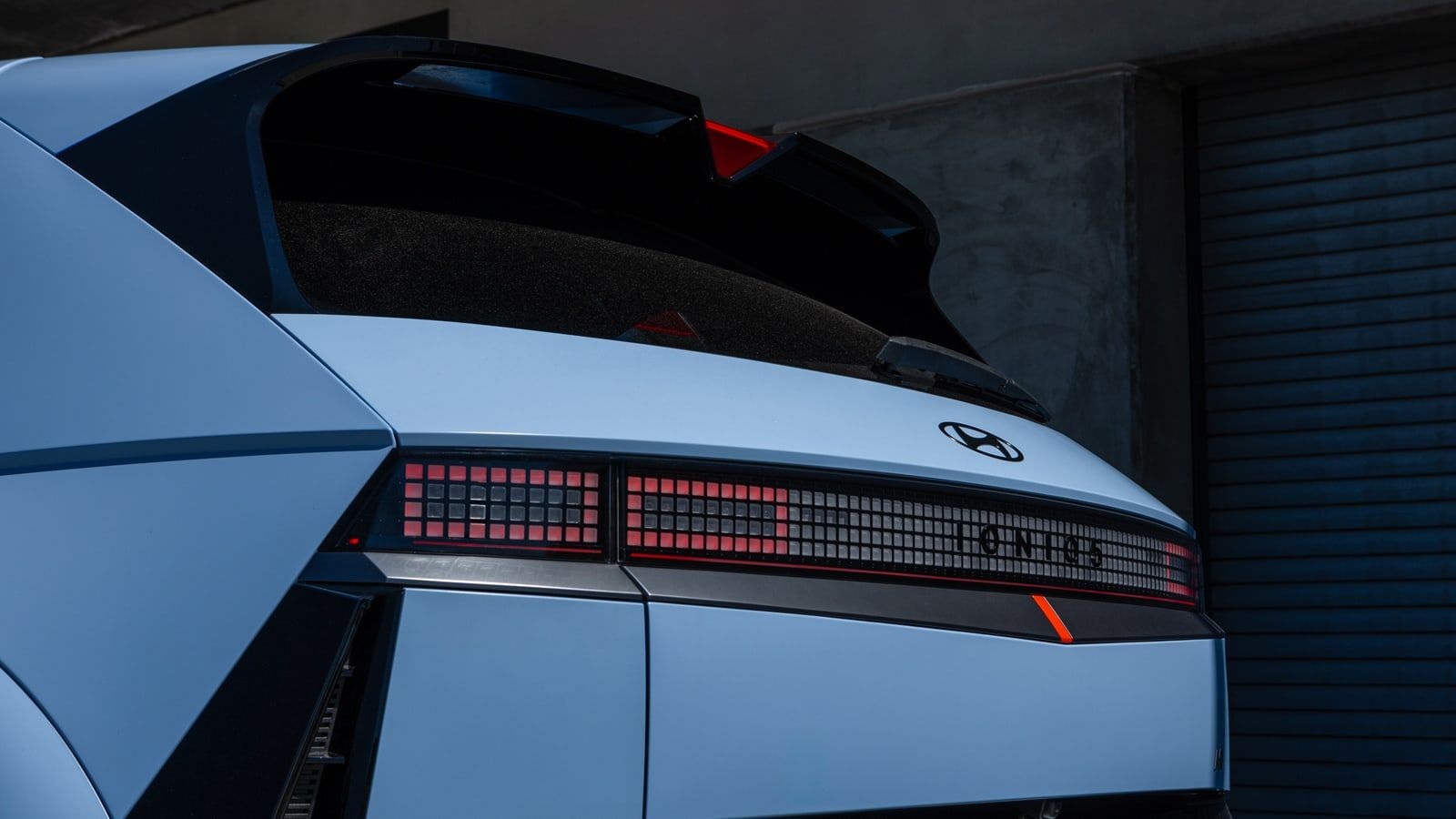Did you know the electric car was on our roads before Internal Combustion (ICE) vehicles? The year was 1884, a whole year before Carl Benz launched his interpretation of the motor vehicle - the three wheeled Benz Patent Motor Car, model no. 1.
Electric cars were already on our roads by this point. In the 1830s, Scottish inventor Robert Anderson revolutionised the ideals of the motor vehicle at a time when the horse and carriage were the norm. This interpretation was limited because it couldn’t be recharged, instead, it was more of a demonstration and glimpse into the future.
Recharging was possible in 1859, 25 years later the first prototype electric vehicle, designed by Thomas Parker in England launched to the public.
However, the 20th century was largely dominated by the Internal Combustion Engine. Battery technology limited range and performance, while the cars themselves were far more expensive to buy and run vs equivalent ICE vehicles. That didn’t stop manufacturers ‘testing’ the technology through concept form. Volkswagen, BMW and Mercedes-Benz all developed electric versions of their petrol and diesel cars throughout the 1970s and 1980s.
For example, the latest Renault 5 (R5) electric car isn’t the first electric ‘5’. That award goes to the 1974 Renault 5 Electrique. Manufactured in collaboration with the French energy giant EDF, the Renault 5 Electrique was powered by an electric motor and a lot of lead acid batteries, so many in fact the rear seats had to be removed to accommodate them. But with a maximum range of around 100 miles it was impressive for the time.
Battery technology did evolve and was widely adopted across the UK in “milk floats”. With soaring oil prices in the 1970s and 1980s, electric was revisited throughout the USA and Europe - General Motors (GM), Renault and Volkswagen alongside others developed the concept that paved the way for the electric vehicle we all know and love today.
With legislation evolving, manufacturers are investing heavily in new production techniques and battery technology to drive costs down and present an affordable and enjoyable ownership proposition.
Today’s electric cars are an impressive feat of engineering. Beautifully built and refined, they demonstrate longevity effortlessly through highly advanced thermal management systems. There’s also so much more choice too, from a practical estate car, convertible, hot hatch and everything in between, plus it’s well documented that electric cars can easily travel 100,000, 200,000, 300,000 or even 400,000+ miles with the same battery, while maintaining impressive battery health.
















